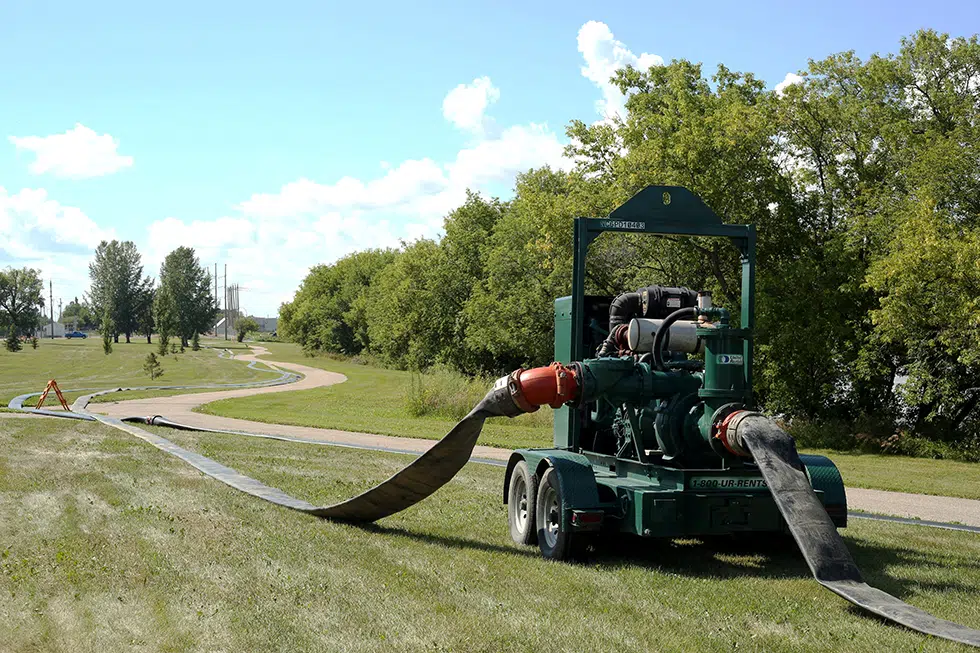
P.A. pipelines in testing stages
Prince Albert’s back-up plan to provide water for residents using two pipelines, has now entered a critical stage.
Sam Ferris, an official with the Water Security Agency, said in a media update Saturday July 30, since late Friday night, water from the Little Red River has started flowing from the 5.5 km pipeline into the city’s water treatment facility. A city press release, sent out late Saturday, explained the water is going to the city’s sediment basins for pre-treatment.
“That water, and water from Anglin lake, as well as upstream near Anglin Lake, as well as water from the South Saskatchewan River is being tested now as a means to be able to adapt to the treatment process, to handle that new raw water quality, as soon as possible,” Ferris said.
He said testing will be ongoing through Saturday. He did not estimate when the water will be useable.


